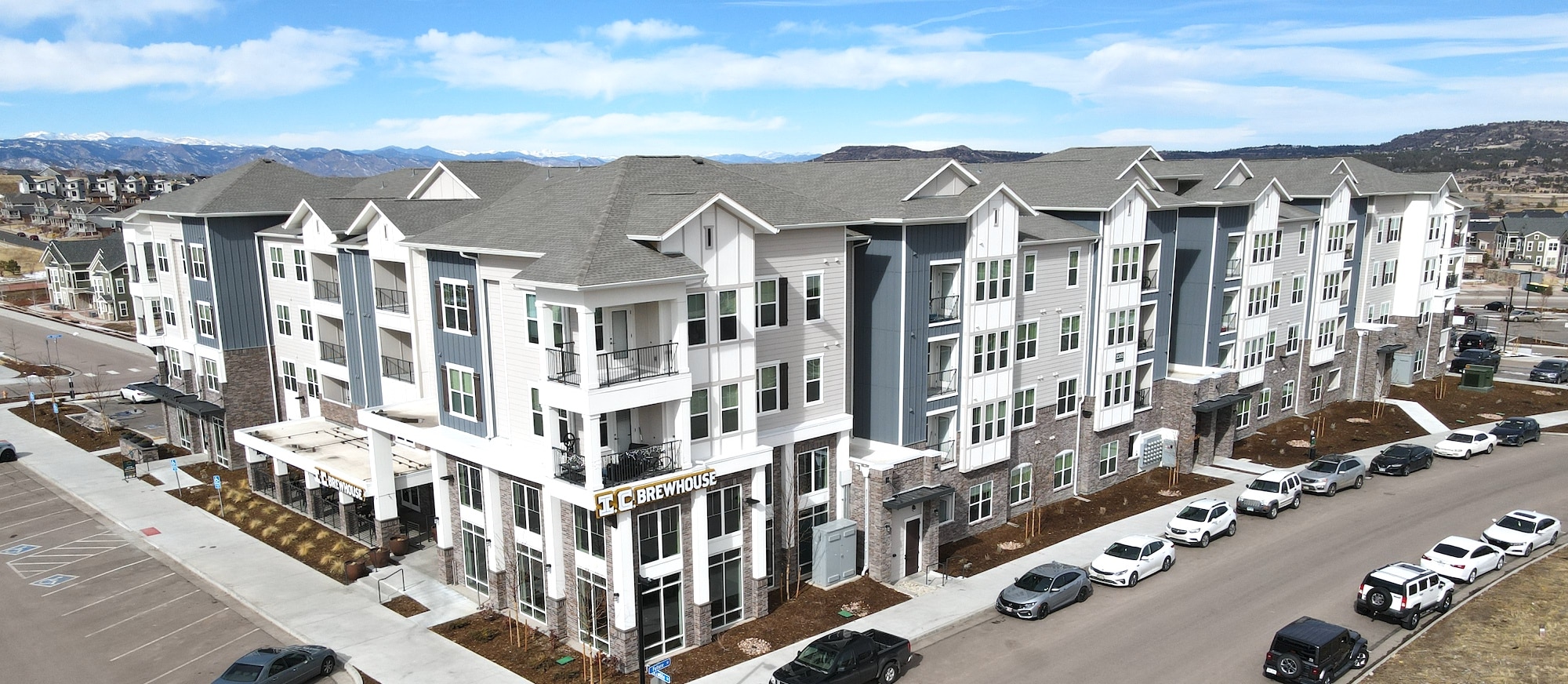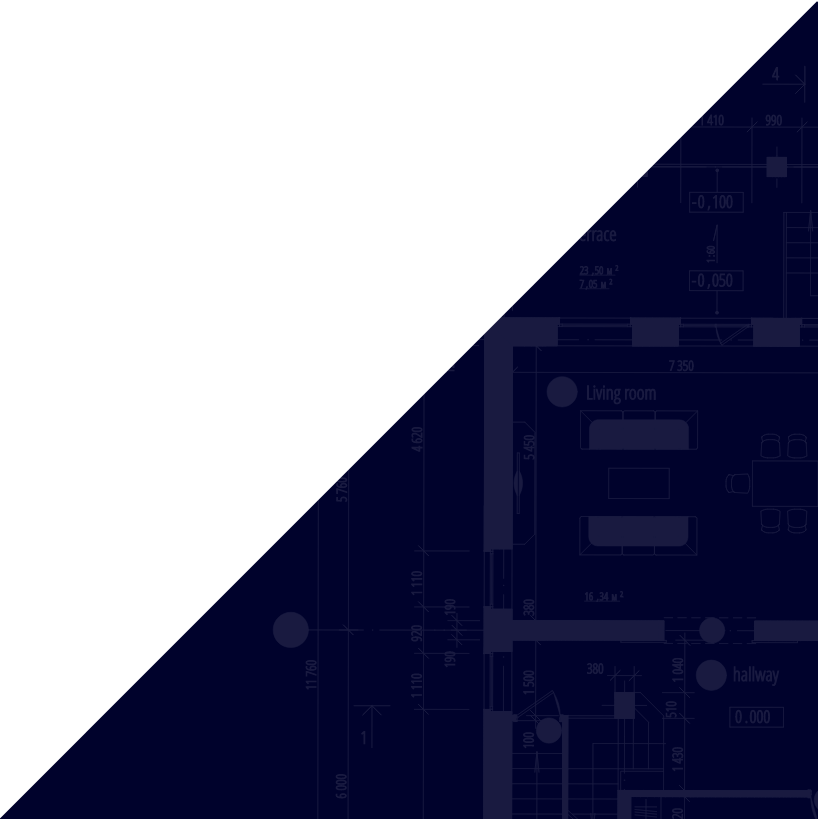Table of Contents
The roof of a building is critical when it comes to protecting your home from the elements, and proper roof drainage is a crucial component in maintaining its integrity and longevity. A well-designed roof drainage system not only protects your property from water damage but also contributes to its overall structural health.
Need quality roofing solutions for drains, flashing, and more?
In this how-to guide, we will help you explore:
- The most common types of roof drainage systems
- The signs of poor roof drainage
- The dangers associated with it
- The pros and cons of various drainage systems
- Insights into the cost of installation
Ready to become an expert in all things drainage system related? Keep reading to get all the facts.
Signs of Poor Roof Drainage

Before we delve into the specifics of roof drainage systems, it’s essential to recognize the signs of poor drainage on your roof. Detecting these issues early can save you from costly repairs down the line. Here are some common indicators of inadequate roof drainage:
- Ponding Water: Water that accumulates in flat or low-slope roofs due to improper drainage can lead to structural damage and leakage.
- Clogged Gutters: Accumulated debris, leaves, and dirt can clog gutters and downspouts, hindering water flow and causing overflow.
- Sagging Gutters: Gutters that sag or pull away from the roofline may be a sign of excessive weight from trapped water or debris.
- Water Stains: Water stains on the interior ceilings and walls indicate roof leaks, often caused by poor drainage.
- Erosion and Soil Washout: Around the perimeter of your building, you may notice soil erosion or washout, indicating improper runoff management.
- Mold and Mildew Growth: Excessive moisture due to poor drainage can create a conducive environment for mold and mildew growth, posing health risks.
The Dangers of Poor Roof Drainage
Inadequate roof drainage can lead to a host of problems that not only compromise the integrity of your roof but also affect the entire structure. Here are some of the dangers associated with poor roof drainage:
- Roof Damage: Water pooling on the roof can lead to premature deterioration, weakening the roofing materials and causing leaks.
- Structural Damage: Over time, water infiltration can compromise the building’s structural integrity, leading to costly repairs.
- Mold and Health Risks: Persistent moisture can encourage mold and mildew growth, posing health risks to occupants.
- Foundation Issues: Improper drainage can saturate the soil around the foundation, potentially leading to foundation settlement, cracking, or other structural problems.
- Ice Dams: In colder climates, inadequate drainage can contribute to ice dam formation, which can damage roofs and gutters.
The 4 Most Common Types of Roof Drainage Systems
To combat these dangers and ensure effective water management, various roof drainage systems are available. Each has its pros and cons, making them suitable for different types of roofs and climates. Let’s explore the most common types of roof drainage systems:
1) Gutters and Downspouts
✅ Pros:
- Collect rainwater and direct it away from the roof’s edge.
- Prevent soil erosion around the building’s foundation.
- Relatively affordable and easy to install.
- Available in various materials, including aluminum, copper, and vinyl.
- Can enhance the aesthetic appeal of your property.
❌ Cons:
- Require regular maintenance to prevent clogs.
- May be prone to ice dam formation in cold climates.
- Can sag or detach if not properly supported or maintained.
- Need adequate slope for efficient water flow.
2) Scuppers:

✅ Pros:
- Provide a simple and cost-effective means of drainage.
- Typically used in flat or low-slope roofs.
- Low maintenance requirements.
- Can be designed for aesthetic purposes.
❌ Cons:
- Limited to specific roof types.
- May allow debris and small animals to enter.
- Requires proper installation to avoid leaks.
3) Roof Drains
✅ Pros:
- Designed for efficient drainage in flat or low-slope roofs.
- Available in various styles, including internal and external options.
- Designed to handle heavy water flow.
- May be combined with gravel stops to prevent debris buildup.
❌ Cons:
- Installation can be complex and costly.
- Require periodic inspection and maintenance.
- Vulnerable to clogs and blockages if not properly maintained.
4) French Drains
✅ Pros:
- Effective at diverting water away from the foundation.
- Can be installed underground to preserve the landscape.
- Excellent for managing excess surface water.
❌ Cons:
- Primarily used for ground-level water management.
- Not suitable for all roofing systems.
- Requires excavation and installation expertise.
The Cost of Installing a Roof Drainage System

The cost of installing a roof drainage system can vary widely depending on several factors, including the type of system chosen, the size and complexity of your roof, and your location. Here’s a general overview of potential costs associated with common drainage systems:
Gutters and Downspouts:
The cost of installing gutters and downspouts typically ranges from $5 to $15 per linear foot, including materials and labor. Additional costs may arise if you opt for high-end materials or complex installation requirements.
Scuppers:
Scuppers are relatively affordable, with installation costs ranging from $200 to $500 per scupper. Keep in mind that the total cost will depend on the number of scuppers required.
Roof Drains:
Installing roof drains can be more expensive, ranging from $500 to $1,500 per drain. Complex installation or retrofitting existing roofs may increase the cost further.
French Drains:
The cost of installing a French drain system depends on the size and scope of the project. Smaller-scale installations may start at around $1,000, while larger projects can exceed $5,000.
It’s crucial to consider the long-term benefits and maintenance costs when choosing a drainage system. While some options may be more affordable upfront, they may require more frequent maintenance, which can add to the overall cost over time.
Let Us Help Install Your Roof’s Drainage System
Proper roof drainage is essential for protecting your property from water damage, structural issues, and health hazards. By understanding the most common types of roof drainage systems and their pros and cons, you can make informed decisions to safeguard your investment.
While the cost of installing a roof drainage system may vary, it is a worthwhile investment in the longevity and health of your property. If you are in need of a roof drainage system that will keep your roof surface safe for years to come, you need Tectum Roofing. Contact us today to get a free estimate for your roofing project.


